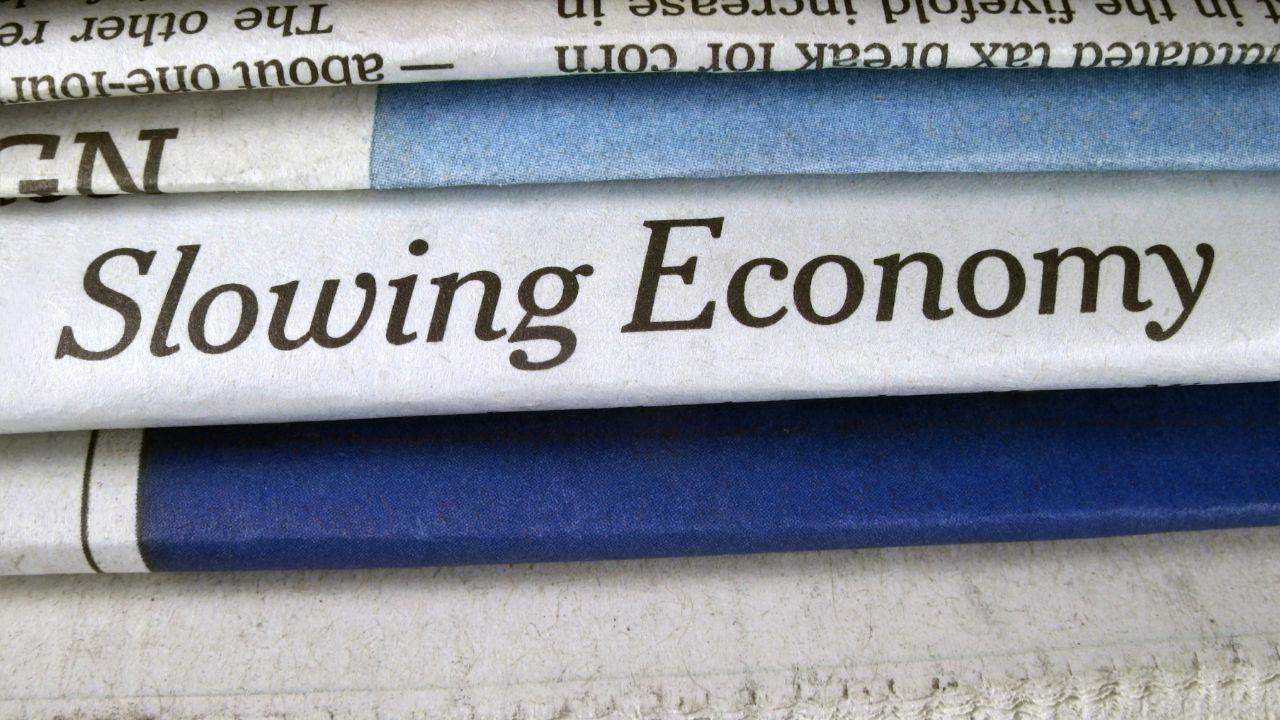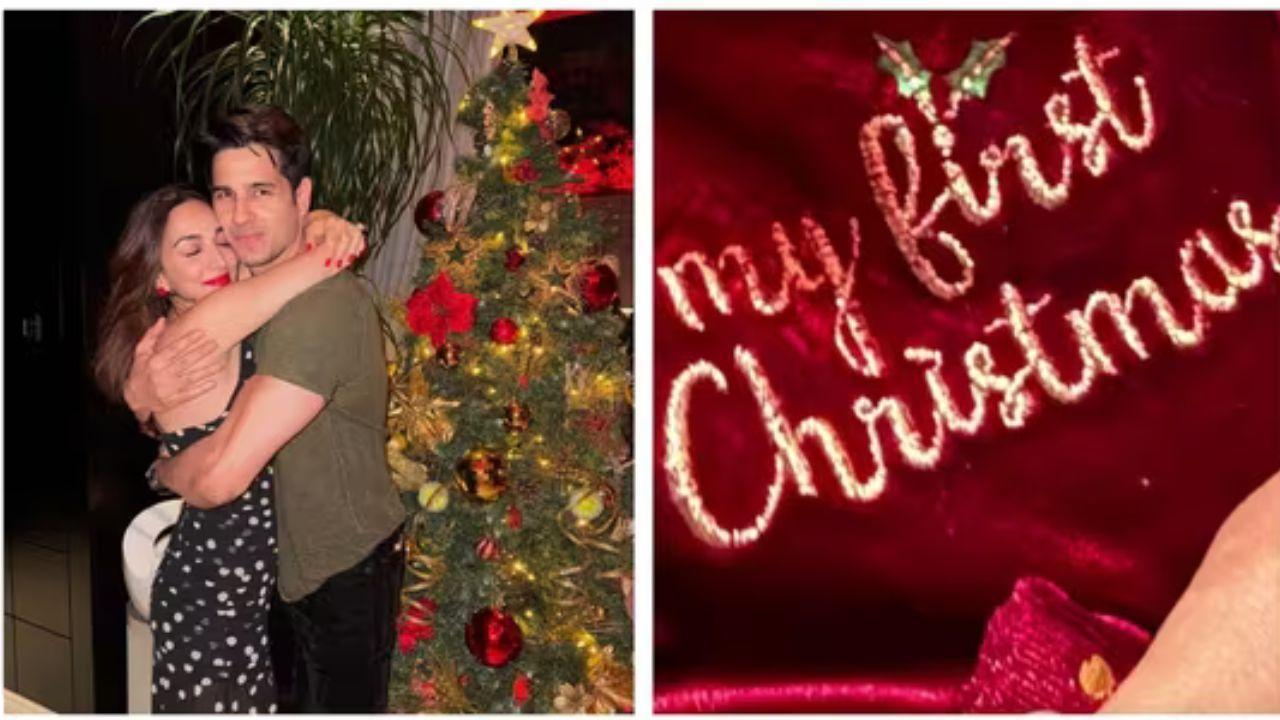You have not yet added any article to your bookmarks!

Join 10k+ people to get notified about new posts, news and tips.
Do not worry we don't spam!

Post by : Anis Farhan
China, once the engine of global growth, is navigating turbulent waters in 2025. After decades of double-digit expansion, the world’s second-largest economy is now projected to grow at just 4.2% this year, down from 5.3% in 2024.
Several factors are dragging growth:
Real estate crisis: The collapse of giants like Evergrande and Country Garden has shaken investor confidence. Housing sales continue to fall, and property construction—once a GDP mainstay—is in freefall.
Consumer demand slump: Youth unemployment still hovers around 15%, and cautious households are saving more, spending less.
Export headwinds: Global inflation, protectionist trade policies, and supply chain de-risking have curbed China’s export engine.
Tech crackdowns and regulatory uncertainty: Domestic innovation has slowed, with ongoing state intervention dampening startup activity.
Demographic drag: China’s population declined for a second consecutive year, raising red flags on productivity and long-term growth potential.
China’s slowdown isn’t just a domestic issue—it’s a global shockwave.
Commodity Prices Dropping
With lower demand from Chinese factories and construction sites, iron ore, copper, and steel prices are sliding. Countries like Australia, Brazil, and South Africa, heavily reliant on China’s industrial appetite, are seeing trade revenue shrink.
Emerging Markets Under Pressure
China has historically been a major buyer of goods and infrastructure projects across Asia, Africa, and Latin America. As Beijing tightens spending, Belt and Road Initiative (BRI) funding has dried up, delaying major infrastructure projects worldwide.
Multinational Earnings Taking a Hit
From Apple to Volkswagen, Western firms with deep exposure to China are reporting flat or declining revenue. Consumer sentiment inside China is weak, and foreign brands are losing market share to national champions like Huawei and BYD.
Investors are rethinking their exposure to China:
Capital outflows are at multi-year highs, with foreign investors pulling billions from Chinese equity and bond markets.
The Yuan has weakened, prompting Beijing to tighten capital controls.
Alternative manufacturing hubs like Vietnam, India, and Mexico are seeing a boom as companies de-risk from Chinese supply chains.
Global investors are reallocating portfolios toward Southeast Asia and Latin America—regions seen as more politically stable and demographically youthful.
Washington is seizing the moment. The Biden administration has doubled down on “friend-shoring” and semiconductor self-sufficiency, offering new subsidies to chipmakers and green energy players at home.
Simultaneously, tariffs on Chinese EVs and solar products are being reimposed or increased. The U.S. is positioning itself as both a competitor and a shield for allied markets looking to limit Chinese tech and trade influence.
This decoupling isn’t just economic—it’s ideological and strategic.
As China slows, India, Indonesia, and Vietnam are emerging as the new stars of the global growth story.
India in particular is attracting massive FDI in manufacturing, fintech, and renewables. Multinational companies are expanding operations in Tamil Nadu, Maharashtra, and Gujarat, viewing India as a long-term alternative to China.
Southeast Asian nations—Thailand, Malaysia, and the Philippines—are also benefiting from trade re-routing and supply chain relocation. These regions offer competitive labor, strategic geography, and friendlier regulatory climates.
More stimulus in China, especially targeting consumption and green infrastructure
Currency volatility, as central banks react to shifting capital flows
Further decline in global commodity prices, unless China restarts large-scale industrial activity
Investor shift toward diversified Asian markets, away from a China-centric Asia investment thesis
Geopolitical uncertainty, as tensions in the Taiwan Strait, South China Sea, and tech arenas continue
China’s slowdown in 2025 is not a temporary blip—it’s part of a broader structural transition. For decades, the world rode on China’s hypergrowth. That ride is now slowing, and the global economy must adapt to a multipolar landscape.
The dragon isn’t dead—but it’s clearly changing pace.
This article is published for informational purposes only by Newsible Asia. Data is based on June 2025 financial reports, IMF projections, and verified global market trends. Interpretations are editorial in nature and do not constitute financial advice.










Thailand Defence Minister Joins Talks to End Deadly Border Clash
Thailand’s defence chief will join talks with Cambodia as border clashes stretch into a third week,

India Raises Alarm Over Fresh Attacks on Hindus in Bangladesh
India has condemned recent killings of Hindu men in Bangladesh, calling repeated attacks on minoriti

Sidharth Malhotra & Kiara Advani Celebrate Baby Saraayah’s 1st Christmas
Sidharth and Kiara share adorable moments of baby Saraayah’s first Christmas with festive décor and

South Korea Seeks 10-Year Jail Term for Former President Yoon Suk Yeol
South Korea’s special prosecutor demands 10 years for ex-President Yoon Suk Yeol on charges includin

Salman Khan’s Exclusive 60th Birthday Bash at Panvel Farmhouse
Salman Khan to celebrate his 60th birthday privately at Panvel farmhouse with family, friends, and a

Dhurandhar Breaks Records with Rs 1006 Cr, Becomes Bollywood’s Biggest Hit
Dhurandhar rakes in over Rs 1006 crore worldwide in 21 days, becoming Bollywood’s highest-grossing f